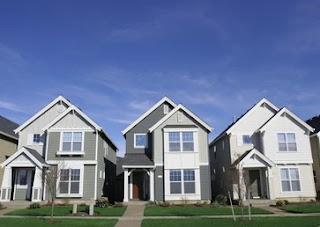Mixed-Use Residential is not for Everyone
A common theme in media as of late is to depict suburban living
as this monotonous, dull and dreary way of life, living in rows of houses that
all look the same, making the same commute to work every day, stuck in the same
traffic every day. It is these same voices that portray mixed-use residential
blocks as the solution to end all problems… there would be less need for cars
(i.e. less greenhouse gas emissions,) shorter commutes, smaller urban/suburban
footprints, a larger sense of community, the list goes on.
While I do take personal issue with the way that a lot of
developers approach the idea of building a suburb, such as repeating the same
house 50 times with different colored vinyl siding and renting the units with
no intention of selling (this can be a whole other rant,) I did happen to grow
up in a suburb myself. I was very fortunate to live in a home with a large
backyard and on a not-too-busy street which I could play in. Urban
environments, especially those in the United States, are not somewhere a child
can play with their friends unsupervised. Safety and privacy are large factors
at play when a family decides to place their roots in a suburb. It is for these
reasons I am a strong believer that suburbs are not the enemy, it is the way
they are approached by profit focused developers.
Perhaps the answer lies somewhere between the two: sprawling
suburbs and mixed-use residential blocks. I believe the USGBC is paving the way
for a more sustainable suburb with their LEED accreditation for neighborhood
developments, and I would like to see the LEED neighborhood development
strategy implemented more nationwide, as is lays out a great framework for a
safe, walkable mini-community within or outside a city.


Comments
Post a Comment